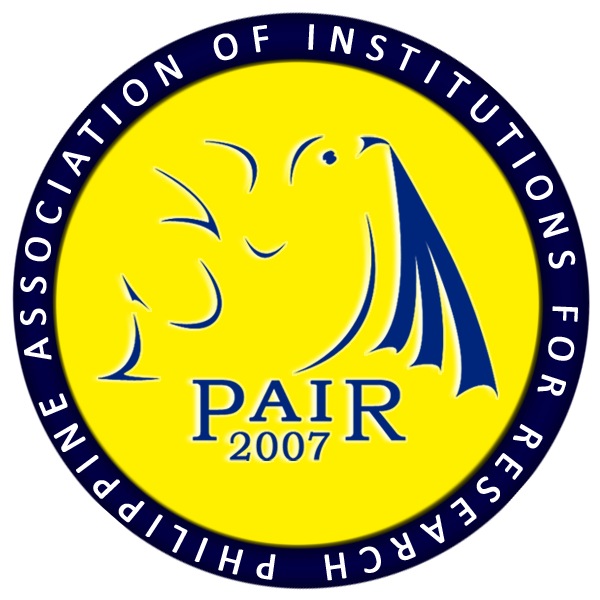Relationship between the Extent of Utilization of Multimedia-Assisted Instruction of English Reading Teachers and Pupils’ Academic Performance
DOI:
https://doi.org/10.7719/irj.v24i1.951Keywords:
Education, Multimedia-Assisted Instruction, Academic Performance, English Reading Teachers, descriptive, PhilippinesAbstract
This study investigated the extent of multimedia-assisted instruction utilization by English reading teachers and its relationship on the academic performance of their pupils. Using a descriptive-correlational research design, data were collected from 60 English reading teachers and their corresponding pupils. Descriptive statistics summarized the teachers’ profile and multimedia utilization levels, while Pearson’s correlation measured the relationship between multimedia usage and pupils’ academic outcomes. Analysis of Variance (ANOVA) was employed to determine whether there were significant differences in the extent of multimedia-assisted instruction utilization among teachers across their profile variables such as age, years of teaching experience, and highest educational attainment. Results revealed a significant but low positive correlation between the extent of multimedia-assisted instruction by teachers and pupils’ academic performance, indicating that increased use of multimedia tools modestly enhances learning outcomes. The academic performance of pupils was found to be generally satisfactory, indicating that most students met or exceeded the expected learning outcomes during the study period. Analysis of Variance (ANOVA) revealed that among the teacher profile variables, the highest educational attainment significantly influenced the extent to which multimedia-assisted instruction was utilized. Teachers with higher educational qualifications tended to use multimedia tools more extensively in their teaching. These results highlight the importance of continuous professional development in enhancing multimedia instructional practices that support improved student performance. Recommendations include sustained professional development and targeted interventions to optimize multimedia use in the classroom.
References
Abubakar, U., Ogunlade, O. O., & Ibrahim, H. A. (2024). The influence of technology-integrated curriculum resources on student engagement and academic achievement in higher education. Advances in Mobile Learning Educational Research, 4(2), 1208-1223. 10.25082/AMLER.2024.02.014
Akinbadewa, B. O., & Sofowora, O. A. (2020). The effectiveness of multimedia instructional learning packages in enhancing secondary school students’ attitudes toward Biology. International Journal on Studies in Education, 2(2), 119-133.
Alhazmi, K. (2024). The effect of multimedia on vocabulary learning and retention. World Journal of English Language, 14(6). https://doi.org/10.5430/wjel.v14n6p390
Published
Issue
Section
License
Copyright (c) 2025 Rubelie R. Popera, Gerlie D. Cutab

This work is licensed under a Creative Commons Attribution-NonCommercial 4.0 International License.








